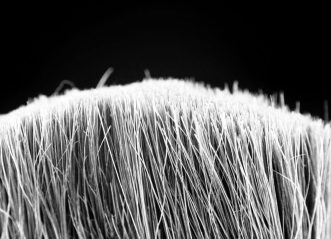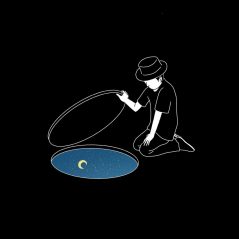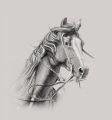The Fascinating World of Turning Torso Architecture: Exploring its Spectacular Design and Unique Features
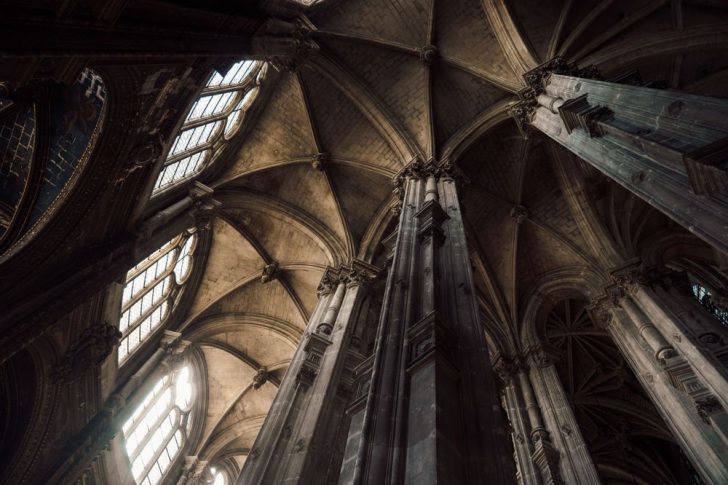
Introduction:
The Turning Torso Architect, Santiago Calatrava, is renowned for his extraordinary design and engineering prowess. This article will provide an insightful overview of the Turning Torso Architect and explore the various types, popular structures, quantitative measurements, distinguishing features, and the historical pros and cons associated with this architectural style.
1. The Turning Torso Architect – An Overview:
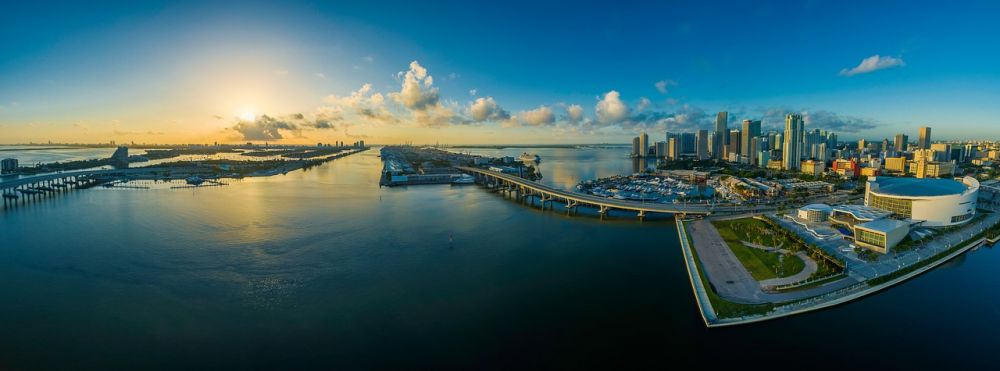
Santiago Calatrava is a Spanish architect, engineer, and sculptor, best known for his iconic Turning Torso building in Malmö, Sweden. This masterpiece of architectural design stands tall as the tallest building in Scandinavia, reaching a height of 190 meters. Calatrava’s distinctive style incorporates organic shapes, fluid lines, and a combination of engineering and artistic principles.
2. Comprehensive Presentation of Turning Torso Architecture:
Turning Torso architecture embraces a unique way of combining art, design, and engineering to create stunning structures. The popularity of this style transcends geographical boundaries, with notable Turning Torso designs found across the globe. Notable examples include the Chicago Spire in the United States and the Turning Torso Beijing in China. These structures have captivated the public imagination and become landmarks in their respective cities.
3. Quantitative Measurements of Turning Torso Architecture:
Quantitative measurements play a significant role in gauging the magnificence of any architectural marvel. Turning Torso structures are no exception. The height, number of floors, and floor area are key parameters to consider. The Turning Torso Architect is ever-improving the scale of his designs, pushing boundaries of engineering and construction. Each new structure leaves spectators awestruck with its grandeur and scale.
4. Exploring the Distinctions Across Turning Torso Structures:
While all Turning Torso architecture shares a common vision and design philosophy, each structure possesses unique features that set it apart. Some designs may incorporate spires or helical twists, while others focus more on a sleek and modern aesthetic. These distinctions add to the diversity and allure of Turning Torso architecture, making each structure a masterpiece in its own right.
5. Historical Overview of Pros and Cons associated with Turning Torso Architecture:
Throughout history, there have been numerous debates surrounding the advantages and disadvantages of the Turning Torso Architect’s designs. On the positive side, these structures redefine city skylines, create iconic landmarks, and showcase architectural excellence. However, critics argue that maintenance can be challenging and expensive, and the environmental impact of such towering structures must be carefully considered.
Conclusion:
The Turning Torso Architect, Santiago Calatrava, has revolutionized the architectural world with his extraordinary designs. This article has provided a comprehensive overview of the Turning Torso Architect and explored the different types, popular structures, quantitative measurements, distinctions, and historical aspects associated with this architectural style. The awe-inspiring beauty and engineering marvels of the Turning Torso structures continue to captivate individuals worldwide, solidifying Calatrava’s legacy in the world of architecture.
Note: The tag and H2 tags can be included appropriately in the article to highlight the different sections.
FAQ
What are some popular structures based on Turning Torso architecture?
What are the distinguishing features of Turning Torso architecture?
Who is the architect behind the Turning Torso building?
Fler nyheter
Konsten att fånga ögonblick: en fotograf i Norrköping
Introduction: The Turning Torso Architect, Santiago Calatrava, is renowned for his extraordinary design and engineering prowess. This article will provide an insightful overview of the Turning Torso Architect and explore the various types, popular st...
Veronica Urena
11 mars 2024
Miljövänliga färger från Farrow & Ball
Introduction: The Turning Torso Architect, Santiago Calatrava, is renowned for his extraordinary design and engineering prowess. This article will provide an insightful overview of the Turning Torso Architect and explore the various types, popular st...
Veronica Urena
11 mars 2024
Modern Konst Tavlor: Utforskning av ett Kreativt Uttryck
Introduction: The Turning Torso Architect, Santiago Calatrava, is renowned for his extraordinary design and engineering prowess. This article will provide an insightful overview of the Turning Torso Architect and explore the various types, popular st...
Jon Larsson
18 januari 2024
Modern konst tavla – Exploring the World of Contemporary Art
Introduction: The Turning Torso Architect, Santiago Calatrava, is renowned for his extraordinary design and engineering prowess. This article will provide an insightful overview of the Turning Torso Architect and explore the various types, popular st...
Jon Larsson
18 januari 2024

